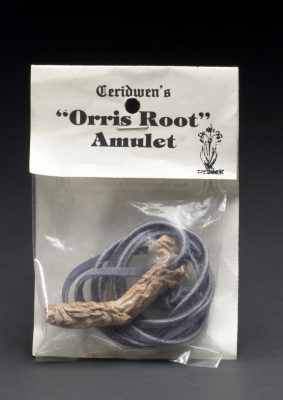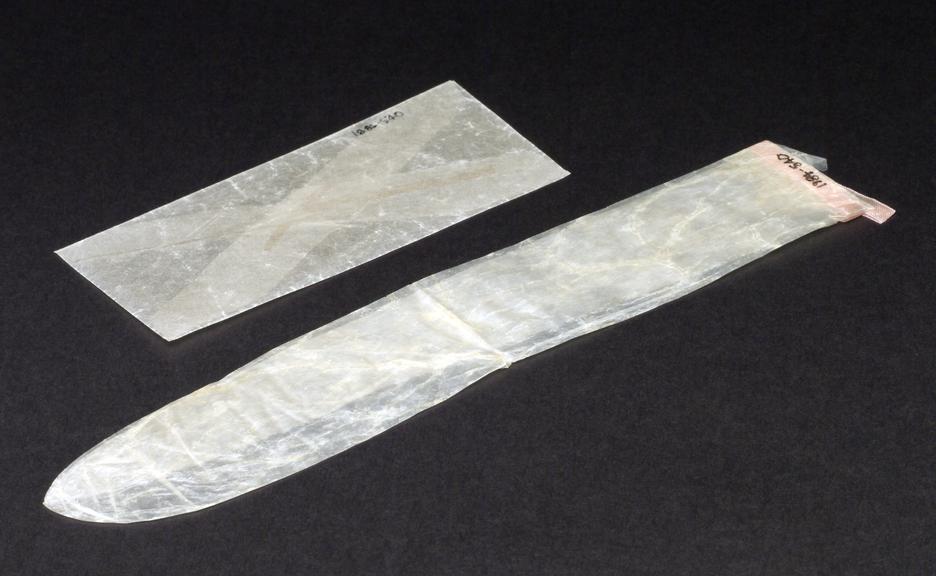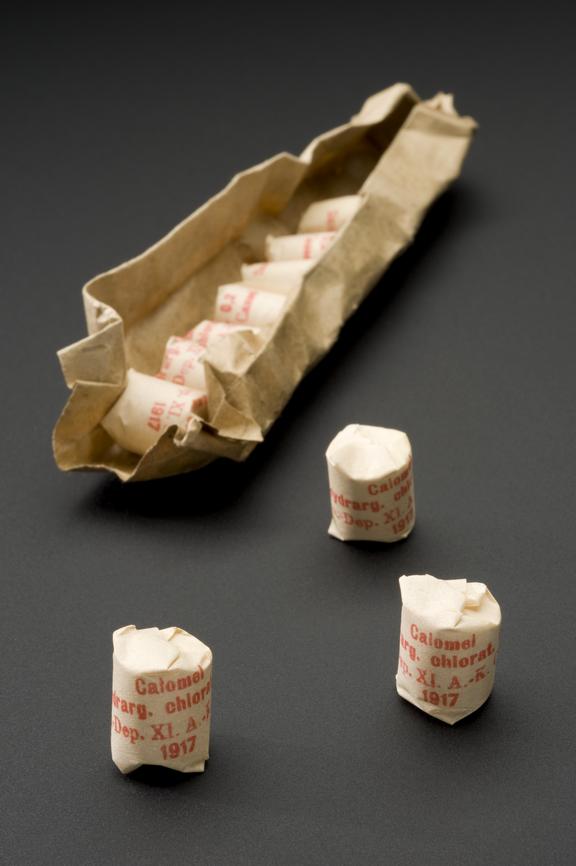Various methods of finding, and rather regrettably treating, love have been employed since time immemorial. While it might seem more conventional to head down to the local discotheque and hope the love of your life spots you pulling some sweet dance moves on a Friday night, this hasn’t always been the chosen method for everyone.
This ‘Orris root’ amulet was recommended to be worn around the neck to ‘find and hold love’.

Although it could be argued that adorning oneself with a chunk of root is not the best way to win someone’s heart, Orris root was used by those who regard the plant as having magical properties that could be used for attracting a date.
But Orris root (or more specifically the dried rhizome of the Iris plant), has many other uses, including as an ingredient in Moroccan spice mixture Ras el Hanout and in many gin recipes.
Essential oil made from the plant is widely used as a fixative in the manufacture of perfumes and Orris root powder is used to the same effect in potpourri. Fixatives work by reducing the evaporation rate of perfumes, increasing odour strength and making the scents last longer.
Scent is widely known to be a factor in attraction. A good scent, let’s say a delicious smelling tagine, might help a potential date form positive opinions of you. A great smelling perfume can give a wearer more confidence or even enhance your natural scent.
Orris root is widely grown and is itself aromatic by nature (it is said to have a very pleasant violet scent) which could account for why it has so many applications, particularly those linked to courtship.
For the Greeks and Romans, swans were closely associated with feelings of love. This stems from the myth of Zeus seducing Spartan queen Leda (leading to the birth of the beautiful Helen of Troy) as a swan and the animal’s close association with goddess of love, Aphrodite or Venus.
This feeding bottle (part of the Wellcome Collection, which is cared for by the Science Museum) is an example of a swan motif being used to express love.

But if you are not ready for kids and you’ve managed to woo the love of your life with the Orris root, then you’ll be grateful you are prepared – with this early 19th Century animal gut condom, handily packaged in a wax envelope for easy transportation.

The demand for contraception is not a recent phenomenon. One means of contraception, condoms, have been made from a variety of materials over the centuries. Linen, tortoiseshell and animal horn has all been employed and since the Renaissance, condoms like this one (usually made with the treated intestine or bladder of animals) have been used.
The issue with condoms historically, was that they were only somewhat effective in providing protection against pregnancy and even less effective at providing protection against sexually transmitted diseases (STDs).
In 1717 Daniel Turner, a physician often regarded as England’s first dermatologist, recognised this in a treatise he published calling for a ban on condoms. He noted that condoms sometimes prevented pregnancy, encouraged people to have sex and that they provided little protection against STDs such as syphilis.
Despite this, people like to do what they like to do and the market for and use of condoms stayed alive. In 1839 Charles Goodyear learnt how to make natural rubber more malleable and by 1855 the first rubber condom was created.
Animal gut condoms initially remained more popular, particularly as they provided more sensitivity for the wearer. However, the obvious benefits of rubber condoms (they were cheaper and less likely to tear) won out eventually.
With the discovery of Latex in 1920, a new wave of condom technology was ushered in. Leading to today’s condom, which offers protection from both pregnancy and some STDs if used correctly. You can see more condoms in our collection here.
Throughout history, those who did catch syphilis or other STDs have turned to various materials and sources of medical knowledge to ‘treat’ their sexual ailments. Though often these treatments may have just assisted with alleviating symptoms for a while.
Calomel was a popular drug from the 1800s. It was used as an antiseptic and laxative during the First World War, but also taken by those suffering from syphilis. Calomel is otherwise known as mercurous chloride, and as it contained mercury, the tablets would more likely poison you slowly than treat a venereal disease.

These tablets (which are part of the Wellcome Collection) were supplied by the 11th Army Corps of the German Army to its medical personnel and soldiers in 1917.
From smell to swans and finally syphilis, I hope you have enjoyed our journey through these affairs of the heart.